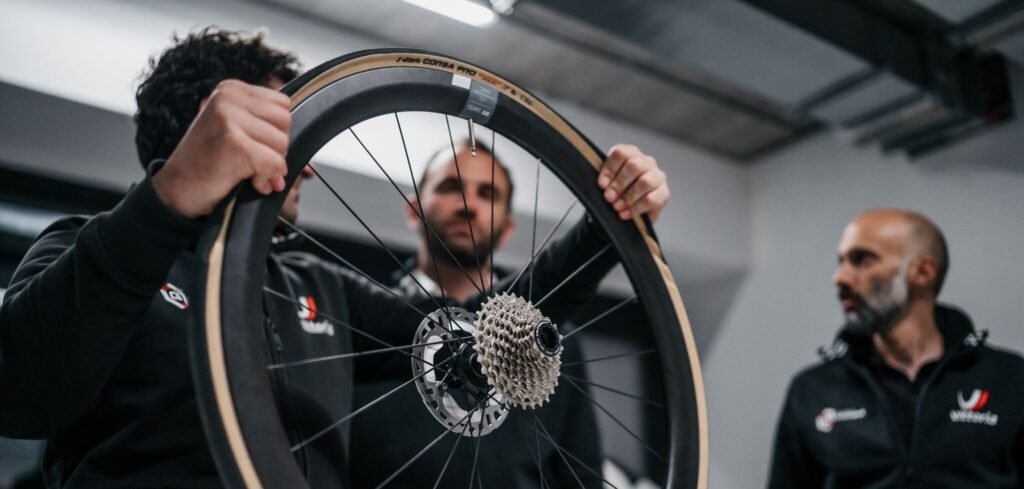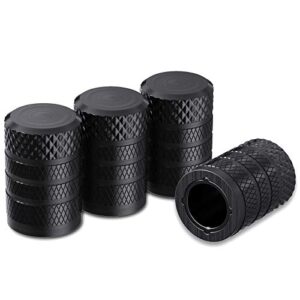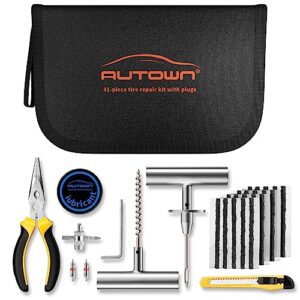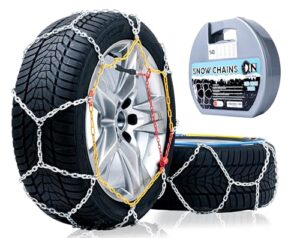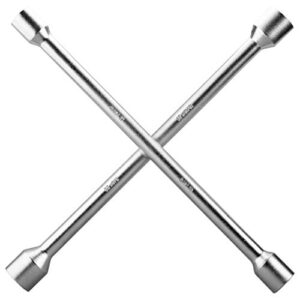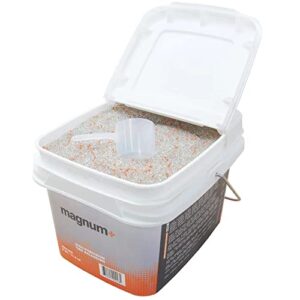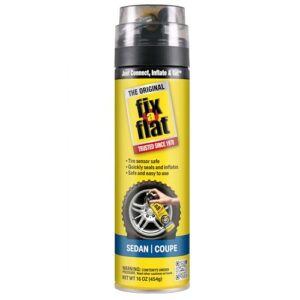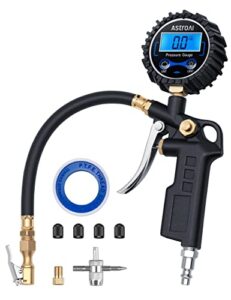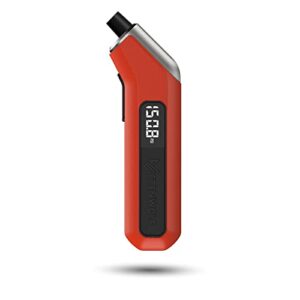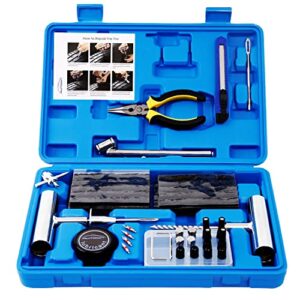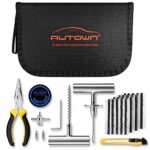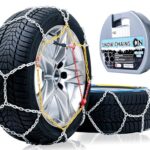A clincher tire is a type of bicycle tire that clinches to the rim with a bead. It’s the most common tire design for casual and road cycling.
Clincher tires dominate the cycling market due to their convenience and ease of use. They feature a U-shaped cross-section and rely on an inner tube to hold air.
For riders, this means simplicity in installation and maintenance. Quick repairs are possible as the inner tube can be easily replaced or patched in case of a puncture.
Cyclists favor clincher tires for their versatility, availability in various treads and sizes, and compatibility with standard rims. The design of clincher tires also allows for a wider range of air pressures, accommodating different riding conditions and preferences.
Their prevalence in the cycling world ensures that riders have abundant options for their specific biking needs, whether for daily commuting or competitive racing.
Advantages Of Clincher Tires
Rolling onto the scene with remarkable advantages, clincher tires dominate the world of cycling. They form the gold standard for everyday riders and racers alike. Let’s explore the unique benefits clincher tires bring to your ride.
Ease Of Installation And Maintenance
One major draw of clincher tires is their user-friendliness. Bikers love the simple process of fitting these tires onto the wheel. With clinchers, you don’t need a professional.
A tire lever and a bit of elbow grease get the job done. Regular checks and the occasional air top-up keep them rolling smoothly. This user-friendly nature saves time and hassle, making maintenance a breeze.
Improved Puncture Resistance
Clincher tires often boast tougher sidewalls and robust construction. This design enhances their ability to fend off punctures. Take a ride through the city streets or gravel paths. Clincher tires will more likely shrug off sharp debris and keep punctures at bay. This resilience means fewer repairs and interrupted rides, giving riders confidence and peace of mind.
Wide Range Of Tire Choices
Choice is king when it comes to clincher tires. Cyclists can select from an array of options to fit their needs. Whether you’re hunting for high-performance rubber or all-weather durability, there’s a clincher tire for you.
- Performance tires
- All-season tires
- Commuter-friendly options
This variety provides flexibility to tailor your bike’s performance to your riding style and conditions.
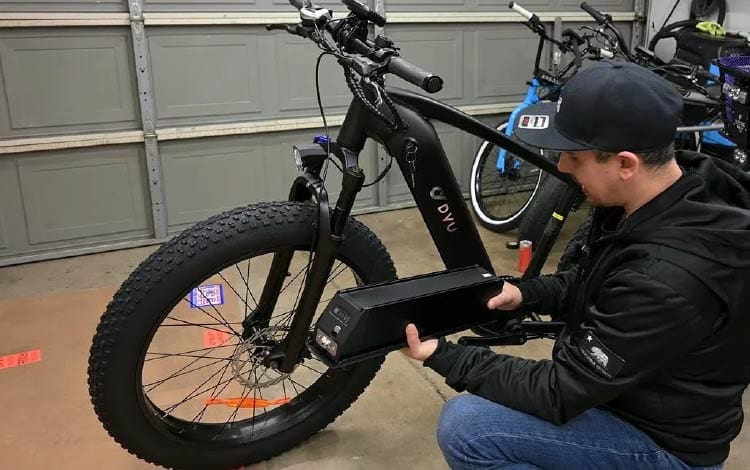
Disadvantages Of Clincher Tires
Clincher tires are popular due to their convenience, but they also come with some drawbacks. Understanding these can help cyclists make informed decisions about their gear.
Potential For Pinch Flats
Pinch flats, also known as “snake bites”, occur when a tire and tube get compressed against the wheel rim, usually due to a hard impact or low tire pressure.
The inner tube is pinched, resulting in two small holes side by side. Clincher tires, because they are not fully enclosed by the rim, are particularly susceptible to this type of flat, posing an inconvenience to riders.
Tendency To Experience Blowouts
Blowouts can surprise riders, potentially causing crashes. They often happen due to tire damage, improper installation, or a compromised tire wall. Clincher tires, with their separate inner tube, are known to be more prone to blowouts compared to tubeless or tubular tires which lack this weak point.
Difficulty In Achieving Higher Tire Pressures
Racing demands high tire pressures for reduced rolling resistance. Clincher tires, however, can make achieving very high pressures a challenge.
This is due to the tire’s construction and the need to avoid the aforementioned pinch flats or blowouts. Cyclists who desire the lowest rolling resistance may find this limitation a significant downside.
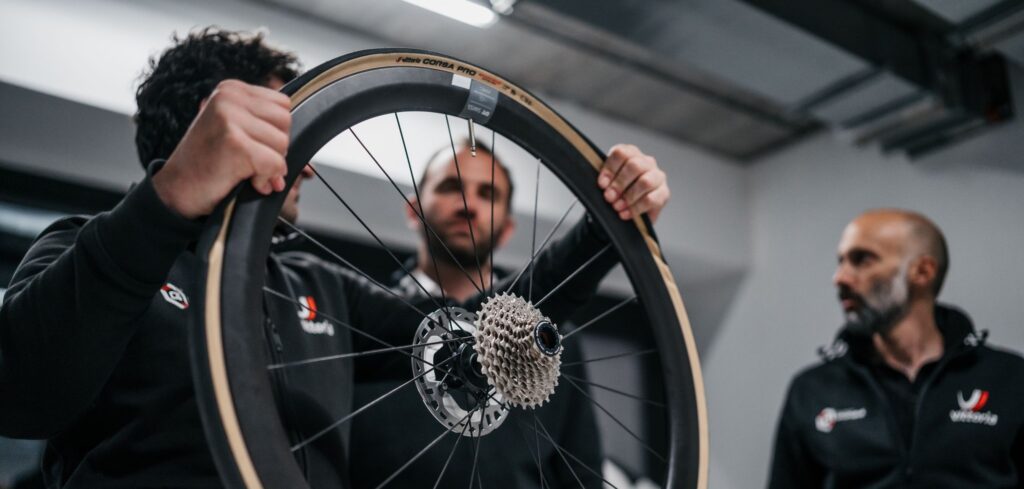
Frequently Asked Questions
What Is A Clincher Tire For Bikes?
A clincher tire is the most common type of bicycle tire. It has beads around the edge that clinch to the rim of the wheel, holding the tire in place. The tire is inflated by an inner tube which keeps the tire’s shape and maintains air pressure.
How Does A Clincher Tire Work?
Clincher tires work by securing onto a wheel’s rim with beads. When inflated, the inner tube pushes the tire against the rim, and the bead locks into place. This system ensures the tire stays secure while riding and simplifies repairs and replacements.
Clincher Vs. Tubular: Which Is Better?
Neither option is strictly better; they serve different needs. Clinchers are easier to install, maintain, and are more convenient for everyday use. Tubular tires, being lighter and less prone to flats, are preferred for professional racing but require more effort to install.
Can You Repair A Clincher Tire Easily?
Yes, you can. Clincher tires are famed for their ease of repair. A flat tire can be quickly fixed with a patch kit or replaced with a spare inner tube on the go, making them ideal for regular cyclists who are not professional mechanics.
Conclusion
Navigating the world of cycling tires can be complex, yet understanding clincher tires simplifies choices. These tires offer ease of use and a wide availability, making them a top pick for casual and seasoned riders alike. Embrace the clincher for a dependable, versatile ride every time you hit the road.


